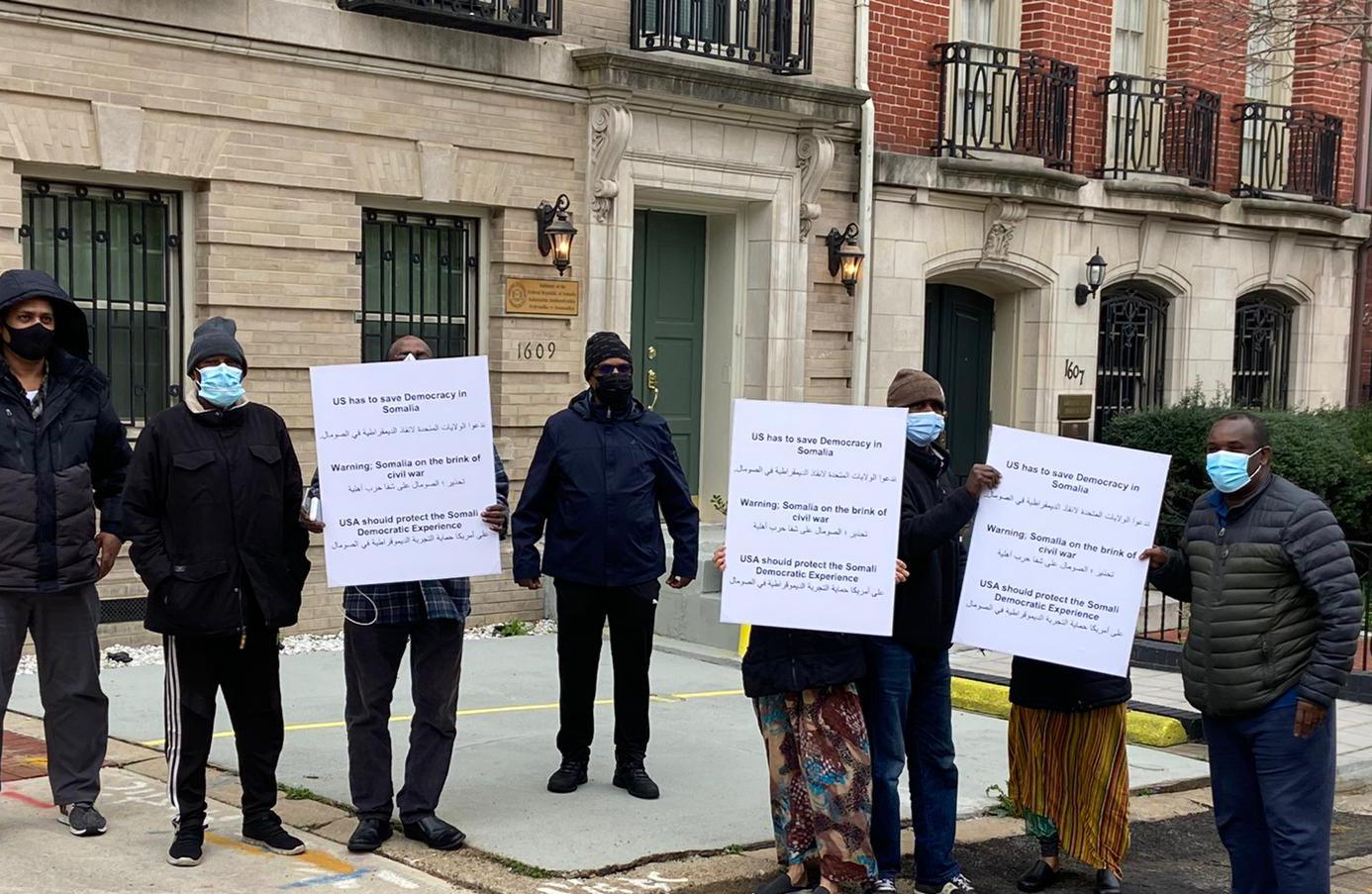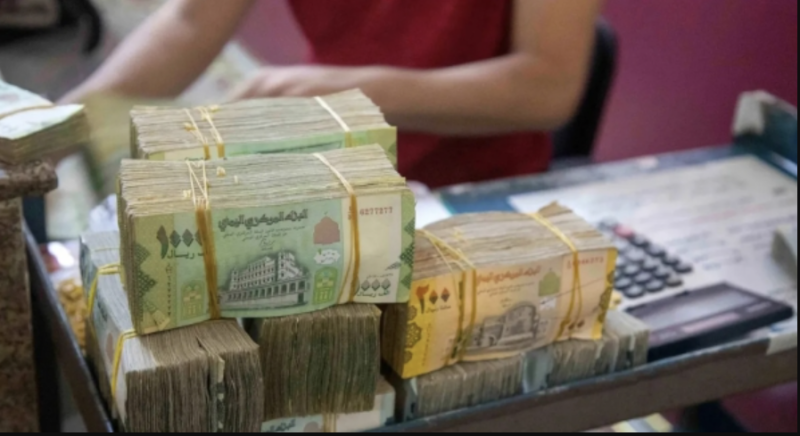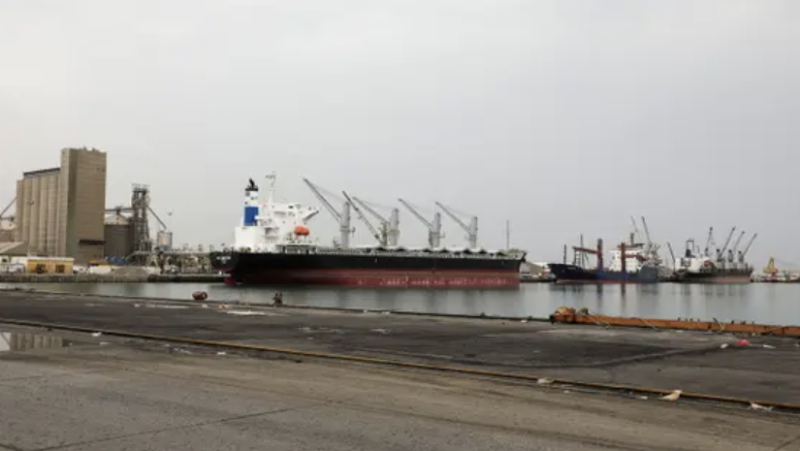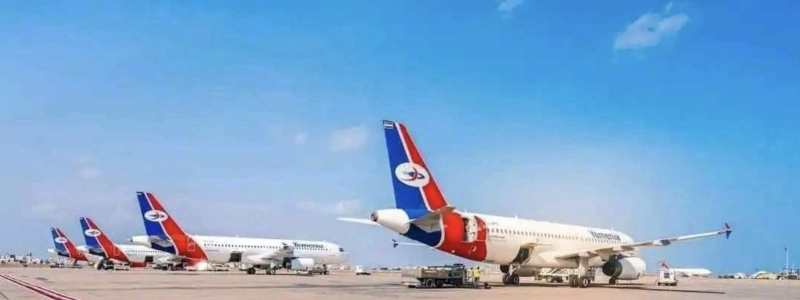IOM Yemen - Marib Response (12 December 2020 - 15 January 2021)


SITUATION OVERVIEW
Fighting continues to drive displacement, destroy infrastructure and worsen the overall humanitarian situation for hundreds of thousands of people in Marib. Humanitarian and public resources are severely stretched, especially in Marib city where 70 per cent of IDPs have fled to. These challenges along with humanitarian access issues in Al Jawf and parts of Marib, are indications of the dire situation. IOM and partners sustained humanitarian operations throughout 2020 while scaling up contingency efforts to prepare for any additional waves of displacement. However, greater partner presence and rapid response efforts are a priority in the immediate term, along with an urgent de-escalation of hostilities to protect civilians.
Increased fighting or shifts in frontlines will to lead to another wave of displacement, with more people predicted to flee into Marib city and surrounding areas. Already, IOM estimates that 105,966 people have been displaced by the conflict since January 2020, and partners estimate that significant changes to frontlines could displace an additional 385,000 people, who will likely move further into eastern Marib, Hadramaut and Shabwah. While people flee conflict-affected areas, at least 5,000 migrants are estimated to be stranded in Marib city – many of whom are unable to access basic services and are increasingly exposed to protection risks.

Paris — The French humanitarian organization Acted announced that it has delivered cash assistance to nearly 89,000 people affected by displa…

Sana’a — Fuel and food imports into ports under the control of Yemen’s Houthi movement on the Red Sea have continued to fall for…

ADEN — Yemen Airways, the country’s national carrier, announced it will resume flights between Aden and Abu Dhabi beginning in January…